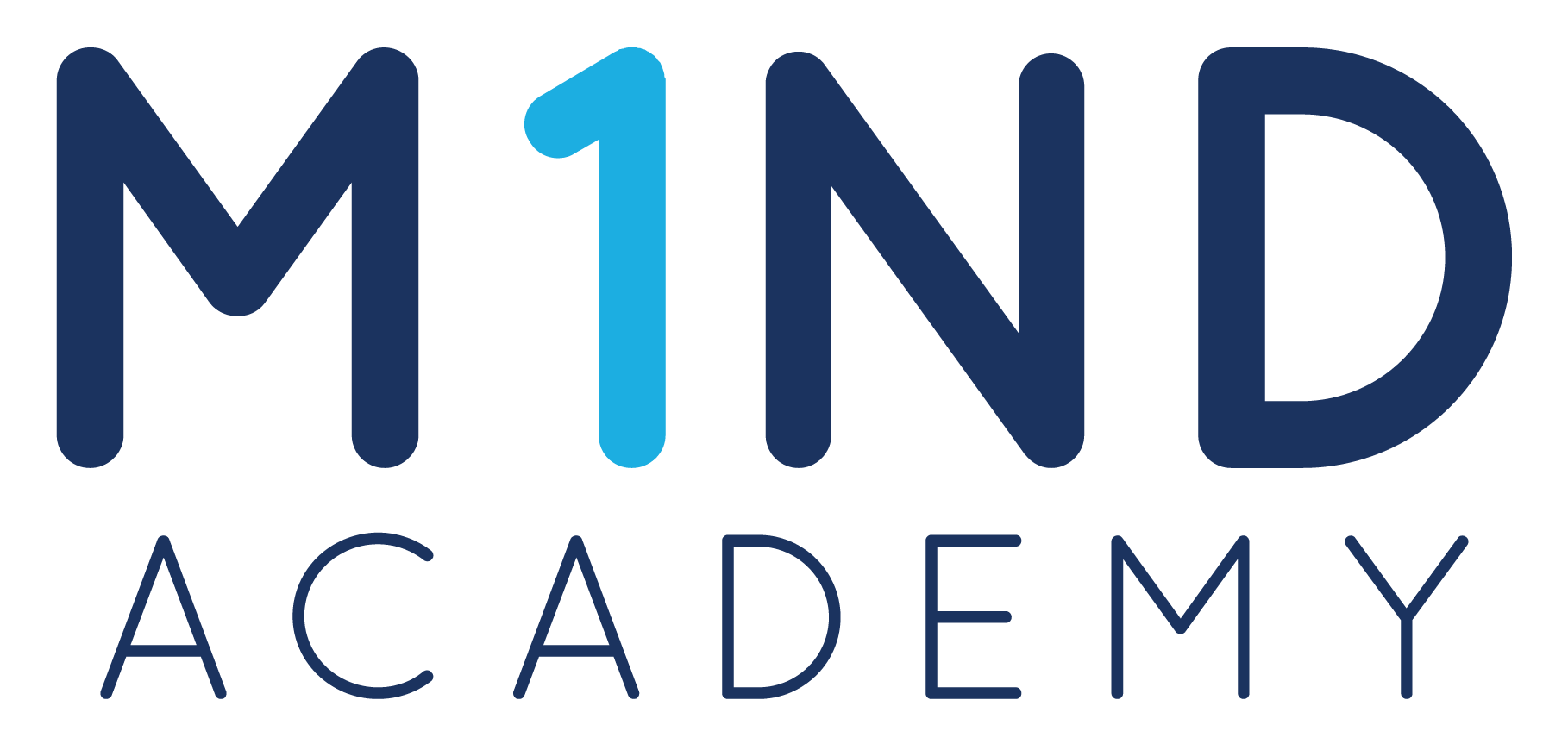7.2 Video
Outline with Timestamps
00:00 – Introduction
Ali and Alaa introduce Competency 7 under “Communicating Effectively” and define “Evokes Awareness.”
00:27 – Evolution of the Competency
How “Powerful Questioning” evolved into “Evokes Awareness” — reducing pressure on new coaches and broadening methods beyond questions.
03:45 – Behavior 1: Considers Client Experience When Deciding What Might Be Useful
Discussion on understanding and selecting tools like Johari’s Window, mindfulness, and emotional intelligence.
06:21 – The Role and Hierarchy of Tools
Ali explains why tools should support systems and processes, not lead them — using the “Batman’s tool belt” metaphor.
09:49 – Customization and Over-Reliance on Tools
How overuse or “overselling” of tools can distract from client-centered coaching.
13:01 – Behavior 2: Challenges the Client to Evoke Awareness or Insight
How to challenge respectfully, set permission, and maintain trust while creating breakthroughs.
17:05 – The Art of Timing and Sensitivity in Challenge
Knowing when to challenge and when to hold space for vulnerability.
17:50 – Behavior 3: Asking About Client’s Thinking, Values, and Beliefs
Encouraging curiosity about the client’s inner world and connecting values to behavior.
22:56 – Behavior 4: Asking Questions That Expand Thinking
Moving beyond current thinking using visualization, metaphors, and the “flashlight in the mind” analogy.
27:20 – Behavior 5: Inviting Clients to Explore Their Experience in the Moment
How reflection, silence, and mirroring evoke real-time awareness.
32:00 – Behavior 6: Notice What Works
Spotting patterns, techniques, and tools that help progress; “If it’s working, keep going.”
35:27 – Behavior 7: Adjusting to Client’s Needs
Flexibility and “dancing in the moment” — adapting based on what’s not working.
40:01 – Behavior 8: Identifying Influencing Factors
Connecting emotional intelligence and self-awareness to patterns in thinking and behavior.
46:41 – Behavior 9: Inviting the Client to Move Forward
Helping clients define actions aligned with their awareness — ownership and accountability.
52:25 – Behavior 10: Reframing Perspectives
Challenging assumptions and helping clients view situations differently.
55:11 – Behavior 11: Sharing Insights Without Attachment
Reflecting observations without bias or ego; maintaining detachment.
58:27 – Common Pitfalls
Overplanning questions, jumping to solutions, overusing metaphors, and ignoring emotional cues.
1:02:43 – Reflective Phrases and Practical Questions
Sample coaching prompts to evoke awareness.
1:04:05 – Key Takeaways
Flexibility, depth, respectful challenge, and timing as pillars of awareness-based coaching.
